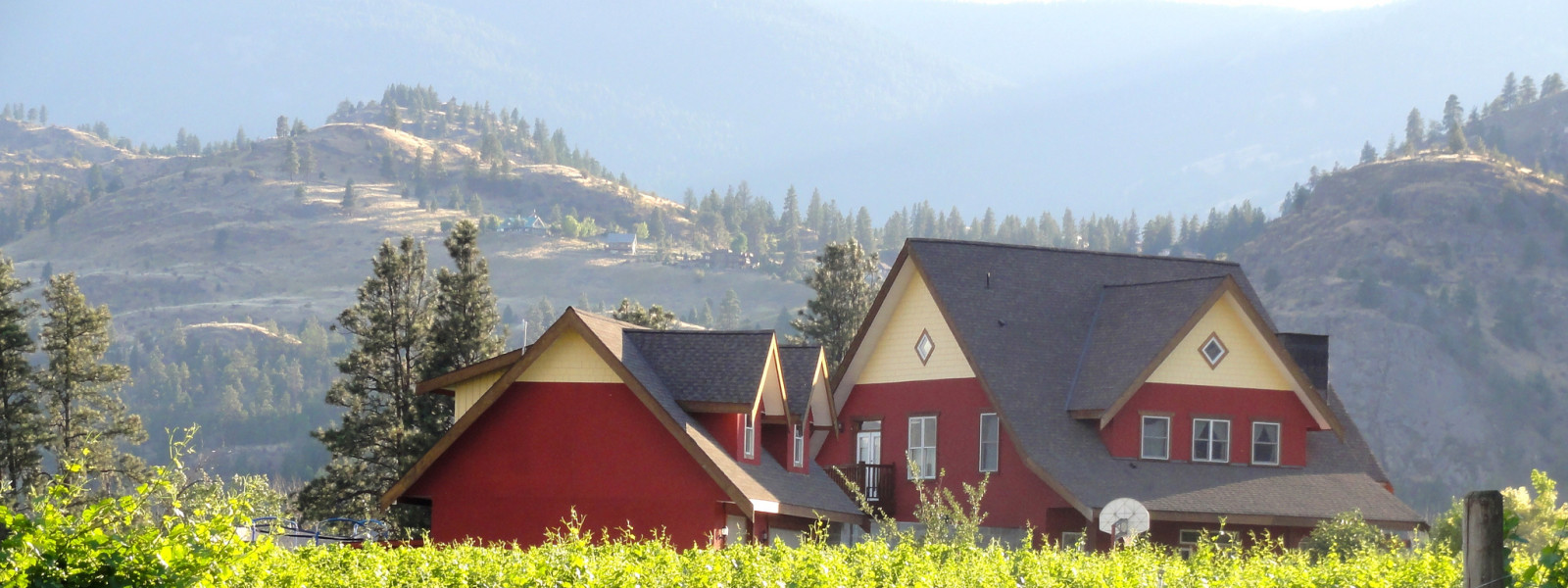Source: Georgia Straight newspaper, byline: Kurtis Kolt
This summer will undoubtedly go down in history as one of the most thrilling times in B.C. wine.
Though that sounds hyperbolic, I have no apprehension about making that call in these pages. We’re at a pivotal moment, a tipping point, if you will; there’s palpable excitement in the air, alongside aromas of sagebrush and orchard fruit, lake breezes, and other hallmarks of B.C. wine country.
Let’s refresh by recalling that for just over 100 years, the main focus in B.C. was on varieties from the Vitis labrusca species of wine grape, a winter-hardy assortment that were often gamey and sour—quite odd-tasting, really—and a handful of hybrids of similar character. Since we didn’t think our region was capable of properly ripening Vitis vinifera, the European noble grapes with global notoriety, including household names like Riesling, Chardonnay, Pinot Noir, and Syrah, that’s where we’d hung our collective hat.
It wasn’t until a stretch from 1977 to 1982 that Helmut Becker, a famed wine scientist from Germany’s Geisenheim Grape Breeding Institute, was hired by the provincial and federal governments as a consultant to conduct trials and experiments, and ended up proving we could in fact ripen Vitis viniferavarieties (33 at the time). As the ’80s moonwalked along, the Canadian government recognized that if we were to have any hope of developing a strong domestic wine industry, we needed to focus on the internationally popular vinifera varieties and get in step with the rest of the world. A financial incentive for wineries and growers to pull out their labrusca and hybrids in favour of vinifera proved very successful and was the catalyst that allowed our industry to become the powerhouse it is today.
While there were 30 wineries operating in B.C. in 1995, that number has climbed to over 250 today, and regulation simply hasn’t evolved at the same pace. While the B.C. Vintners Quality Alliance was an essential standard put in place in 1990 to ensure authenticity of origin, and wines bearing its logo met minimum requirements, it’s a voluntary system that’s overdue for an update. It worked in the ’90s to assure consumers that wines were being held to stricter standards than in the previous labrusca and hybrid era, which is, thankfully, fading into memory. It used to be standard for wineries to present their wines to the VQA tasting panel for certification. But these days, many opt out because they don’t want to bother with the extra red tape. Instead, their wines fall into the Wines of Distinction category, which still insists on 100 percent B.C. grapes, but quality and authenticity are inferred rather than enforced. Detractors often take issue with the fact that VQA tasting-panel members don’t have much experience with wine. (You can’t have any ties to the wine industry if you’re on the panel.) This has resulted in some questionable calls on quality over the years, whether it’s solid and sound wines being rejected or those of dubious quality being passed. While there was noble intention in having nonindustry folk involved, many colleagues I’ve talked to would prefer to see experienced winemakers, sommeliers, and other professionals enforcing stricter standards, along with lab analysis for an extra fine-toothed comb.
Another issue is our very broad appellations (officially dubbed “geographical indications”) like Okanagan Valley, Similkameen Valley, Fraser Valley, and so on. Oliver’s Golden Mile Bench has become our first official sub-GI, which was a step in the right direction, but the public would be better served knowing where the grapes in the wine they buy were grown. For now, a wine labelled as Okanagan Valley could come from the cooler Kelowna area, with annual heat accumulation similar to that of Marlborough, New Zealand, or the desert climate of Osoyoos, which is hotter than Napa. If I’m buying a Cabernet Sauvignon, which needs plenty of heat and dry conditions to properly ripen, I’d certainly rather that come from the desert, just as I would look to Kelowna for crisp and lively Rieslings.
Simply put, the VQA system desperately needs an upgrade to Version 2.0 for our industry to get to the next level. We need greater transparency in labelling and provenance, and that time has finally come. An industry group has been assembled to reimagine the program, and while they’re looking for input from industry stakeholders, in an unprecedented step they’re also looking to you, the consumer. You can have your say in a survey posted at bcwinetaskgroup.ca/. You’ll need to jump on it, though, since it closes this Friday (July 3) at 5 p.m. It’s a momentous time for B.C. wine, and we should all take the 10 to 15 minutes the survey requires to be part of it.
